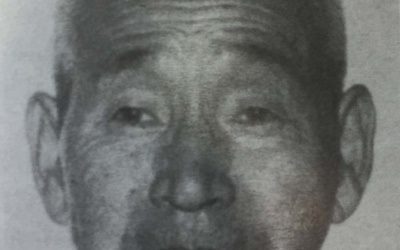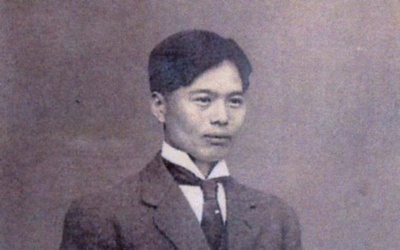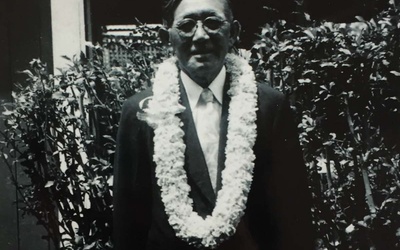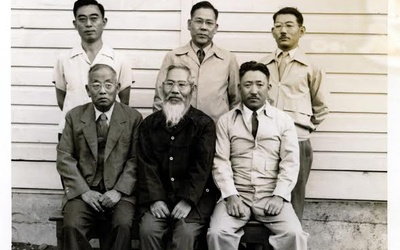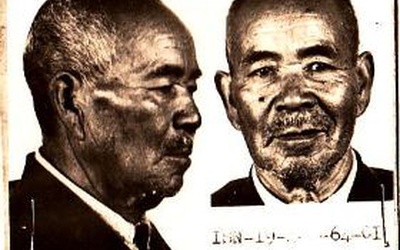Internment of Japanese Americans on Angel Island during World War II
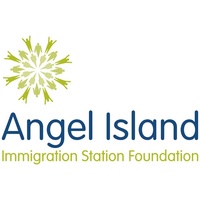
Angel Island Immigration Station Foundation (AIISF), thanks in large part to a grant from the Japanese American Confinement Sites program of the National Park Service, has researched the story of the 700+ Americans of Japanese descent who were arrested by the FBI in Hawaii and the West Coast after Pearl Harbor and spent some time on Angel Island. AIISF’s webpage with more history is online. The immigration station processed about 85,000 Japanese immigrants from 1910 to 1940, but during World War II was a temporary internment facility operated by the Army’s Fort McDowell. Most internees spent three weeks or fewer on the island. From there, the internees were sent to Department of Justice and US Army camps such as Missoula, Montana; Fort Sill, Oklahoma; and Lordsburg and Santa Fe, New Mexico.
This series includes stories of internees with information from their families and the National Archives and Records Administration in College Park, MD. If you have information to share about former internees, please contact AIISF at info@aiisf.org.
Stories from this series
Father of Seven Taken from His Family
June 5, 2020 • Marissa Shoji
Hisajiro Inouye was born in Gotsu, Shimane, Japan, on January 8, 1897, to parents Kennosuke and Yome Inouye. He was married to Takeyo Inouye at 18 years of age, and the next year he and his family moved to America. They arrived in 1916, and settled in San Jose, along Gish Road, becoming tenant farmers. The family settled on land owned by John Della Maggiore, an Italian immigrant from Firenza (Florence), Italy, who helped him farm along with several other …
Hikoshichi Higuchi's Wartime Odyssey
May 12, 2020 • Marissa Shoji
Hikoshichi Higuchi was born on December 13, 1880, in Fukuoka Prefecture, Japan. He immigrated to Hawaii on July 1, 1904, just before the Russo-Japanese War would commence, soon followed by his brother, Harunosuke, who lived in Santa Clara. After briefly staying in Hawaii, he eventually traveled to Monterey, California. There, he worked as a fisherman and gardener. Soon, he married Haruyo Ichigi, an Elementary School teacher. Together, they had four children: Yoshi, born in 1914, Sachi, born in 1916, George, …
Wakijiro Yuki's Detention Because of Kendo
April 21, 2020 • Marissa Shoji
Wakijiro Yahiro was born on April 8, 1885, in Kamisaigo-mura, a little fishing and farming village in Fukuoka prefecture, on the northern coast of Kyushu, Japan. He had three brothers and two sisters, who were all farmers. After he finished school, he began working on a small civilian fishing boat, which frequented the waters by their home. One day there was an accident, and the ship sank, making him the only survivor. He was eventually rescued by the Juteopolis, a …
Making Do: Sukeichi Kameoka in Detention and His Family at Home
March 24, 2020 • Marissa Shoji
Sukeichi Kameoka was born on April 24, 1888, in Kojiro-mura, Kuga-gun, Yamaguchi-ken, Japan. He had three brothers. In the early 1900s, the 1905 Russo-Japanese War was looming overhead, and in Japan, conscription was mandatory for men of a certain age. Sukeichi left Japan to escape the draft (Interview with Kazuko Tengan, 11/23/19). He was also the second son in his family, so all of their possessions would be left to his older brother, and he would get nothing. So he …
The Shigenaga Brothers’ Detention on Angel Island and the Continent During World War II
Nov. 10, 2015 • Grant Din
Kakuro’s life in Hawai`i and arrest Kakuro Shigenaga was born in the Hibagun district of Hiroshima-ken on August 30, 1896, came to Hawai`i in February of 1913, and settled on Maui. He was a salesman at the Kobayashi General Store in Kahului, Maui and married to Yoshie. They had four children. Kakuro was arrested on January 7, 1942, one month after Pearl Harbor was attacked, because his diary was found during a search of his brother Shigeo’s house, and the …
Nentaro Ide's Detention at the Age of 75
Sept. 10, 2015 • Grant Din
Nentaro (also known as Toshitaro or Mantaro) Ide was born in Fukuoka, Japan on October 13, 1867, and according to his internment file, arrived in Hawaii in 1901, where he worked on a dairy farm and lived until 1906, then left for Seattle, where he briefly lived. He then moved to San Francisco and then Concord in 1909. He was foreman of the Shadelands Ranch, owned by the Penniman family, and also started a hotel and grocery store. Sheila Rogstad, …

